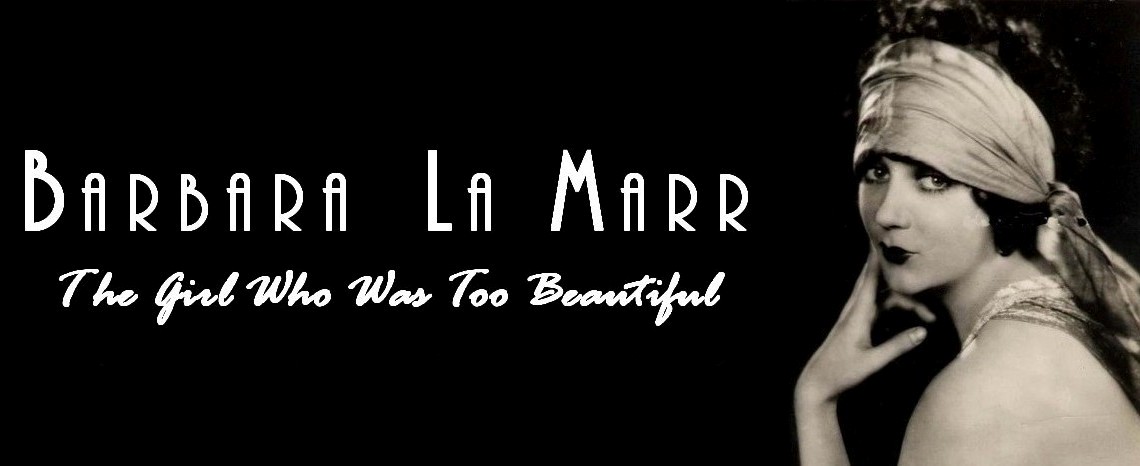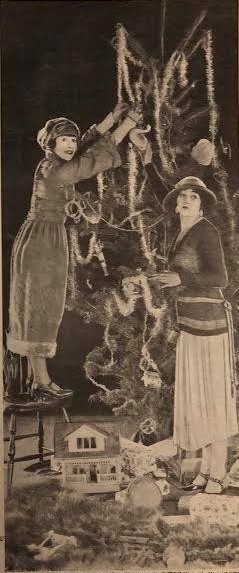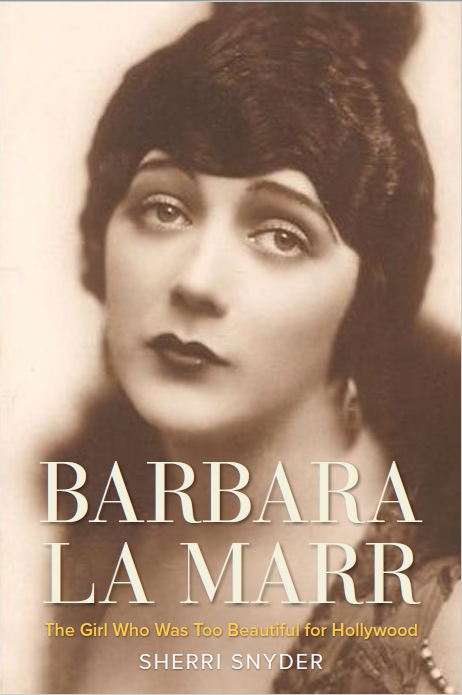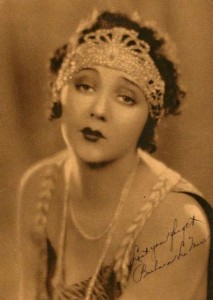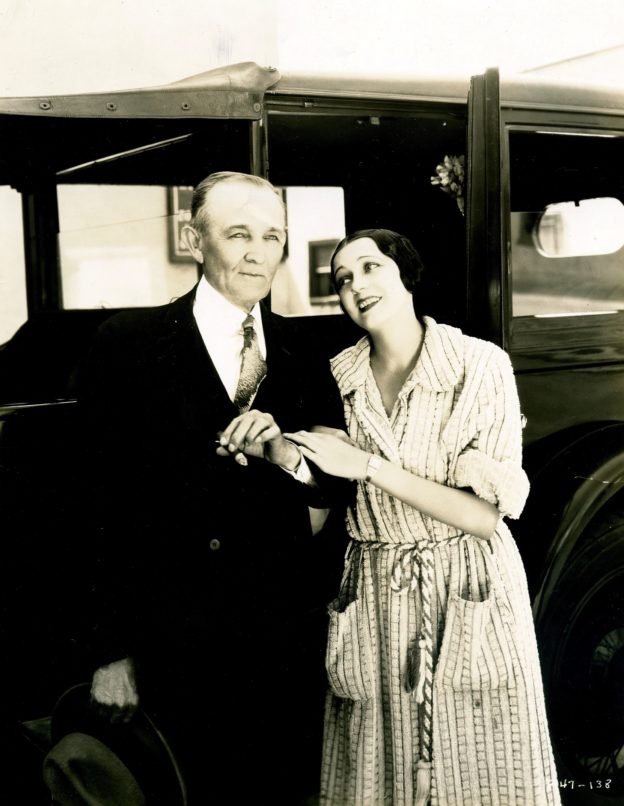Barbara La Marr considered writer, director, and producer Paul Bern among her closest friends and confidants. Deeply in love with Barbara, Paul assisted her with her career, sought to protect her during her oftentimes turbulent love affairs, and helped her with her medical and funeral expenses after she contracted pulmonary tuberculosis and nephritis. “No one is really poor who can boast the friendship of Paul Bern,” Barbara stated before her passing.
In an encore appearance on David A. Health’s Cinema Chat podcast (beginning shortly after 51:00), I discuss Barbara and Paul’s relationship. The first part of the podcast features Laura Riebman, Paul’s great-niece, discussing Paul’s influential role in early Hollywood, his marriage to platinum bombshell Jean Harlow, the impact his sensational death had upon her family, and her efforts to commemorate Paul’s professional achievements with a star on Hollywood’s Walk of Fame. The podcast may be accessed here.
(My Barbara La Marr Cinema Chat podcast may be found here. I discuss Barbara’s turbulent teenage years; her many matrimonial ventures; her accomplished careers as a stock theater actress, dancer, vaudevillian, and Fox Film Corporation story writer; her ascension to worldwide fame as one of the silent screen’s leading actresses; and more.)
